These 11 Small Museums Are Massachusetts’ Best-Kept Secrets
Here are off-the-beaten path ways to spend a Saturday.
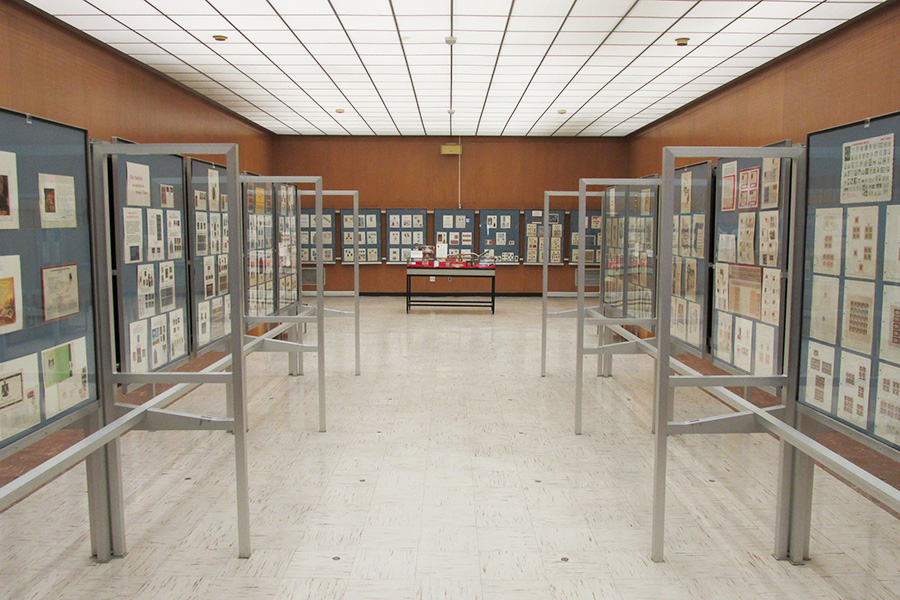
Photo by John Phelan on Wikimedia/Creative Commons
Spellman Museum of Stamps & Postal History
The Spellman Museum of Stamps & Postal History is the definition of hidden gem, even for those of us who aren’t stamp collectors or snail mail enthusiasts. Tucked in the leafy suburb of Weston, the museum chronicles the history of the postal service and stamps with exhibits highlighting air mail, Civil War mail, and beyond. Keep an eye out for the envelope on display that survived the Hindenburg crash in 1937. After your visit, a quick stop to our Best of Boston stationery winner may be in order.
241 Wellesley St., Weston, spellmanmuseum.org.
Photo via Wikimedia/Creative Commons
Museum of Russian Icons
In a small central Massachusetts town lies one of the largest private collections of Russian icons outside of Russia. Indeed, the Museum of Russian Icons in Clinton holds the title of the largest collection in North America, boasting more than 1,000 Russian icons and artifacts. What are icons, exactly? According to the museum, they’re sacred paintings used for veneration in the Orthodox tradition. After a spin through the exhibits, you can take a breather in the museum’s tea room, which is filled with traditional Russian tea urns.
203 Union St., Clinton, museumofrussianicons.org.

Photo by Darshan Meda on Flickr/Creative Commons
Larz Anderson Auto Museum
Though it’s fairly small, the Larz Anderson Auto Museum in Brookline packs a punch—it’s home to America’s oldest car collection. The castle-like building the museum is housed in was formerly the carriage house of Larz and Isabel Anderson’s sprawling estate. They stored their extensive collection of American and European vintage vehicles there, from early carriages to motor cars, for years, and often opened the doors of the carriage house on Sunday afternoons for the public to enjoy. The Andersons’ car collection was bequeathed to the Veteran Motor Car Club of America upon Isabel’s death in 1948, and the museum opened soon after. It’s worth taking a stroll through Larz Anderson Park after visiting, as there are impressive views of the skyline from its hilltop.
15 Newton St., Brookline, larzanderson.org.
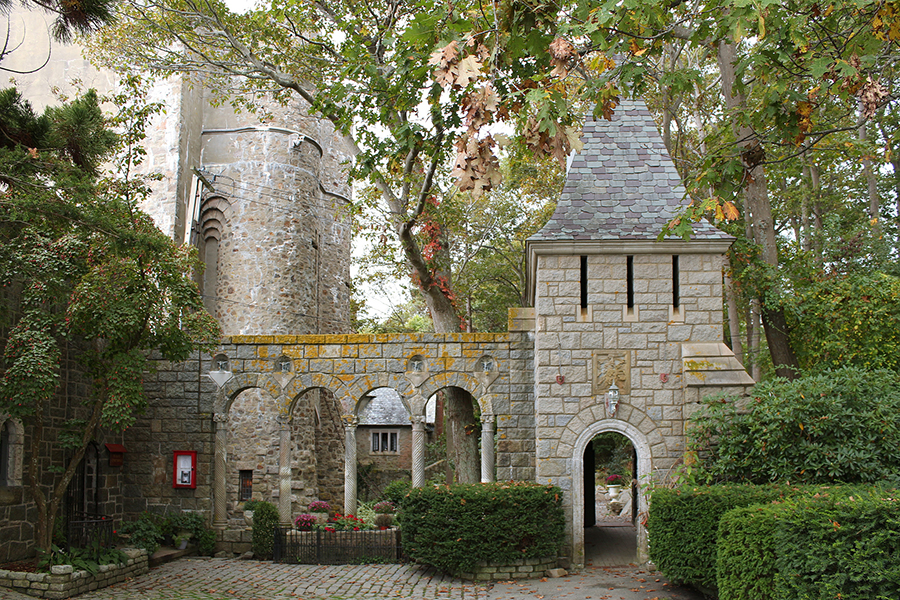
Photo by Robert Linsdell on Flickr/Creative Commons
Hammond Castle Museum
The Hammond Castle Museum is, in a word, odd. The medieval-style castle sticks out among the breezy mansions lining the rocky coast of Gloucester. Built in 1929 by inventor and world traveler John Hays Hammond, Jr., it was constructed to house his private collection of artifacts. Items on display range from ancient Roman to Renaissance-era relics, not to mention a huge pipe organ that took a decade to build. The courtyard alone is worth the trip to see—and if eccentric castle museums aren’t your thing, at least the oceanfront views make for picture-perfect Instagrams.
80 Hesperus Ave., Gloucester, hammondcastle.org.
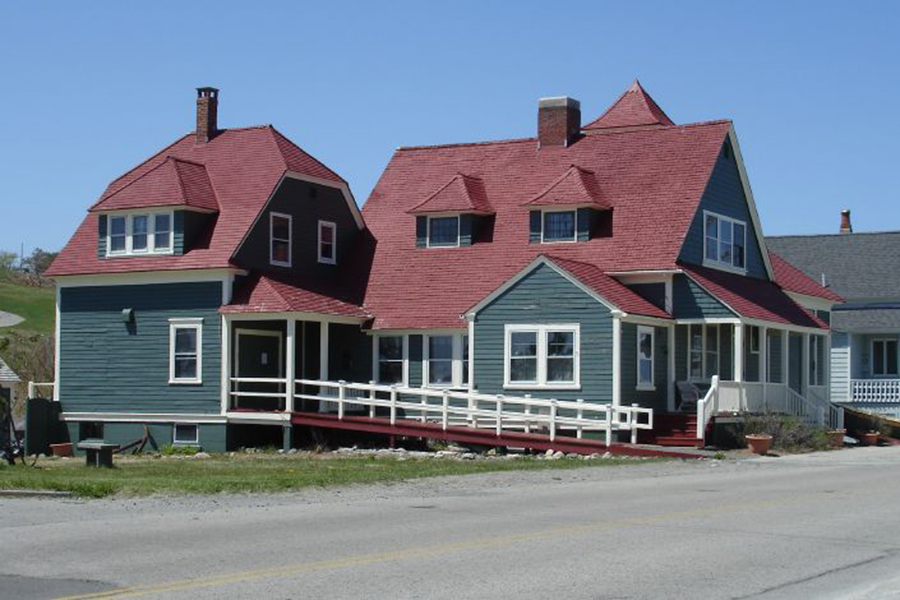
Photo by Nantaskart on Flickr/Creative Commons
Hull Lifesaving Museum
Carved out of the circa 1889 Point Allerton U.S. Lifesaving Station, the Hull Lifesaving Museum has been championing Boston Harbor’s maritime heritage since it was founded in 1978. Beyond its exhibits and collections, the Lifesaving Museum hosts open-water rowing lessons and educational programs year round. Step inside the former lifesaving station to learn about the history of shipwrecks, rescues, infamous Nor’easters, and more.
1117 Nantasket Ave., Hull, lifesavingmuseum.org.
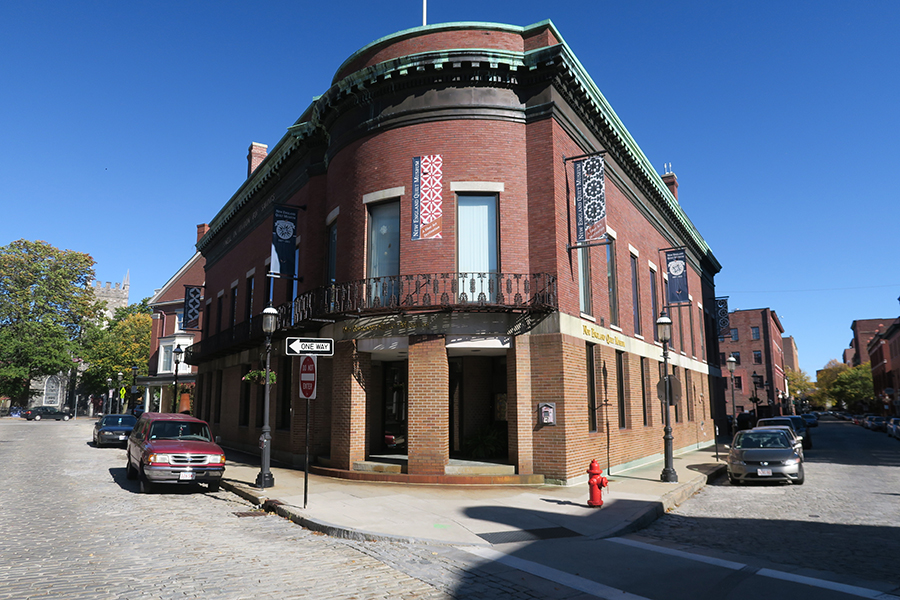
Photo via Flickr/Creative Commons
New England Quilt Museum
You didn’t know you needed to visit the second-oldest quilt museum in the country until now. Lowell’s New England Quilt Museum is the only quilt museum in the Northeast, exhibiting both antique and contemporary quilts. The museum was founded in 1987, and is located inside the brick Lowell Institute for Savings building, not far from Lowell’s historic mills. There’s also a library within the museum, though it’s probably most useful for those researching quilt and textile history.
18 Shattuck St., Lowell, nequiltmuseum.org.
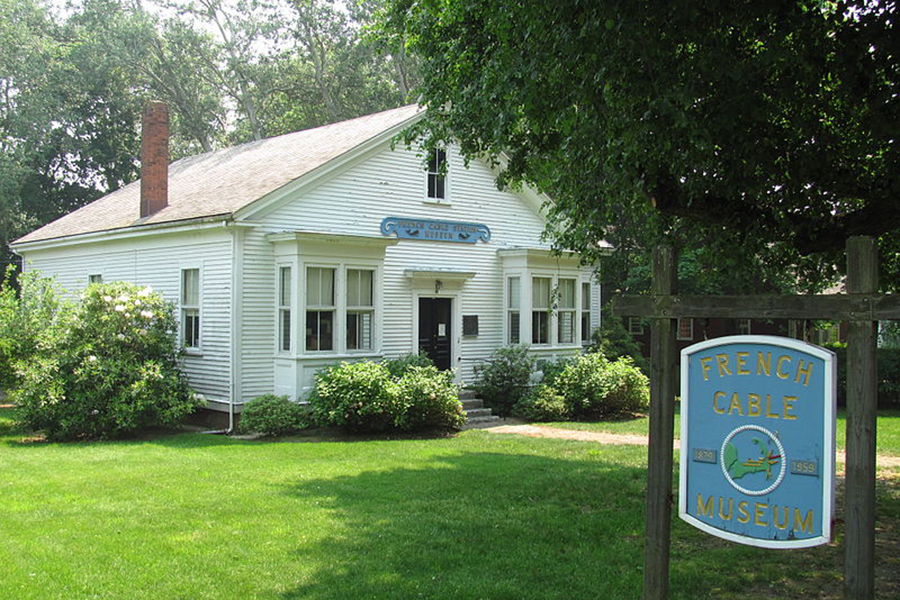
Photo via Flickr/Creative Commons
French Cable Station Museum
This Cape Cod museum marks the end point of a telegraph cable that once ran from France to Orleans, Mass. The 3,200-mile-long cable, called “Le Direct,” was installed in 1898 and used for transatlantic communications until 1959 (though not during World War II for security reasons). Today, the former telegraph station puts antique gadgets on display, from telegraph cables and transmitters to maps and other instruments. The museum’s 90-minute tours take you to the station’s superintendent room, testing room, repair room, and operation room.
41 South Orleans Rd., Orleans, frenchcablestationmuseum.org.

Photo via Flickr/Creative Commons
Crane Museum of Papermaking
Fun fact: America’s oldest paper company was founded in Massachusetts. In 1801, a man named Zenas Crane opened his papermaking company, Crane & Co., in the Berkshires. His Dalton mill along the Housatonic River eventually picked up a pretty good gig: making paper for printing U.S. currency. Since 1879, the company has used its rag-based paper (read: created from recycled rags) to make money, and continues to this day. The Crane Museum of Papermaking now operates in what used to be the “rag room” in Crane’s Old Stone Mill—it’s the last remaining building of the original 1844 complex. Inside, find exhibits that unfold the history of papermaking through a collection of Crane watermarks and papers.
40 Pioneer St., Dalton, berkshires.org.
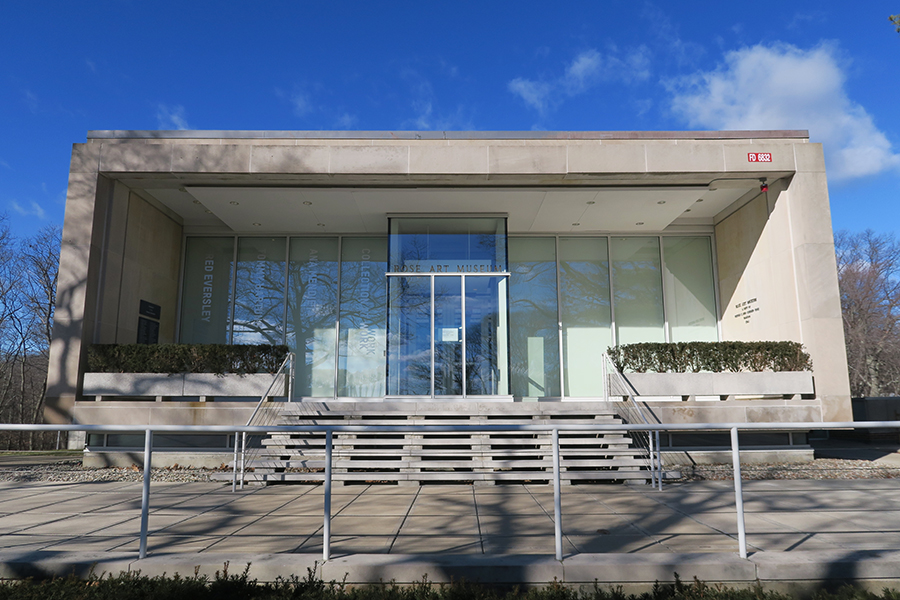
Photo via Flickr/Creative Commons
Rose Art Museum
The building that houses the Rose Art Museum is a sleek, ultra-modern presence on Brandeis’ Waltham campus. It’s fitting, then, that the museum is dedicated to 20th and 21st century art. Modern and contemporary pieces adorn its walls, with past and present exhibitions including works by Wilfredo Lam, Pablo Picasso, Louise Nevelson, and more.
415 South St., Waltham, brandeis.edu/rose.
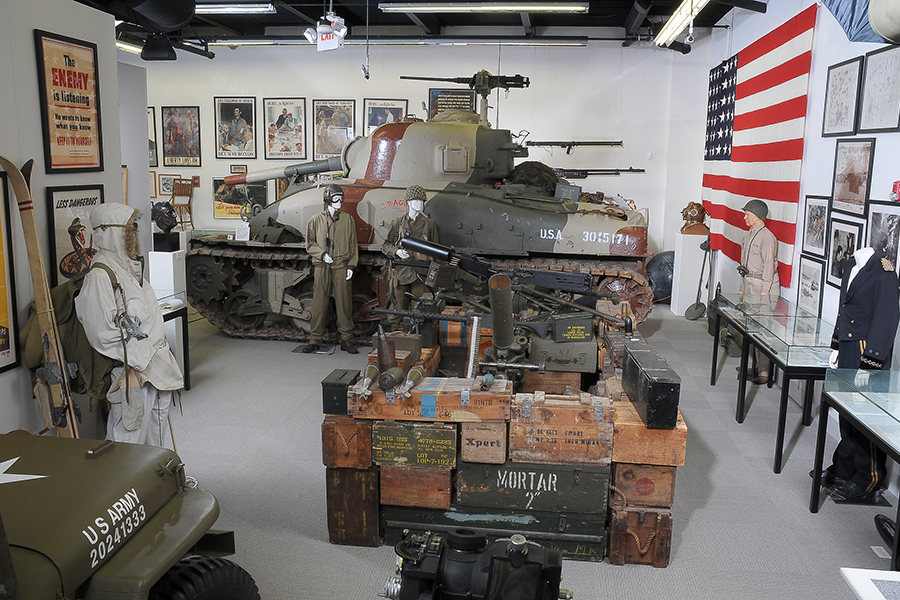
Photo by the Mass. Office of Travel and Tourism on Flickr/Creative Commons
International Museum of World War II
A comprehensive collection of all things World War II-related is just a quick drive down the Mass Pike. Natick’s International Museum of World War II was founded and is operated by Kenneth Rendell, an appraiser and dealer of historical documents. His museum is meant to give people “a sense of direct contact with the World War II generation,” he explains, through original artifacts and memorabilia. The museum’s 7,000 objects, 500,000 documents—including letters, diaries, pamphlets, magazines, and photographs—3,500 posters, and 7,500 books make for an astounding collection. Highlights include six Enigmas (German code-cracking machines), an original copy of the Versailles Treaty of 1919, and a letter written by Dwight Eisenhower to his wife on D-Day.
8 Mercer Rd., Natick, museumofworldwarii.org.

Photo by the Mass. Office of Travel and Tourism on Flickr/Creative Commons
Shelburne Falls Trolley Museum
All aboard this restored 1896 trolley car in Shelburne Falls. Back in the day, it ran to Colrain (a neighboring town) and back as part of the Colrain Street Railway, but now, the little yellow trolley takes much shorter rides. Though it’s open as a museum, car number 10 is also still in operation, making it one of the oldest operating trolley cars in the country. Visitors can enjoy a short ride up and down the tracks, then try their hand at maneuvering an antique pump car. Also, please enjoy the museum’s blinding yellow website.
14 Depot St., Shelburne Falls, sftm.org.


